
Investments Needed to Achieve Steel Targets Insufficient
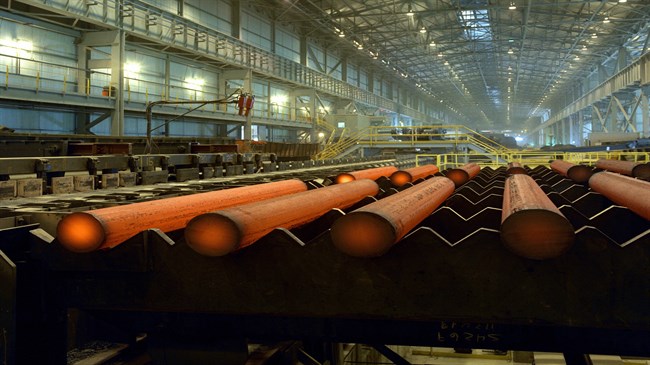
Iran has attracted about 53.5% of the $3.65 billion of investment required for realizing its crude steel capacity expansion goals by 2025.
The country aims to become the world’s sixth largest steel producer as per the 20-Year Vision Plan (2005-25), which envisions achieving the annual crude steel production capacity of 55 million tons per year.
According to Minister of Industries, Mining and Trade Mohammad Reza Nematzadeh, Iranian steel mills have so far materialized 31 million tons of the capacity expansion target.
Reaching the 55 million-ton target requires boosting production capacity for direct-reduced iron by 116.3% to 53 million tons, pellets by 150% to 80 million tons and iron ore by about 100% to 87 million tons.
According to Fooladnews, capacity expansion for sponge iron, iron ore and pellet production needs investments worth $2.4 billion, $1.87 billion and $1.34 billion, of which 52.5%, 30% and almost 100% have been attracted.
In fact, deputy minister of industries, mining and trade, Mehdi Karbasian who is also the head of Iranian Mines and Mining Industries Development and Renovation Organization, has said $50 billion in foreign investment are required for the development of Iran’s mining sector.
“About $30 billion of the figure will need to be invested in the steel industry and its downstream sectors and the rest in copper, aluminum and other industries,” he was quoted as saying on the sidelines of the Second Iran Mines and Mining Industries Summit held in December.
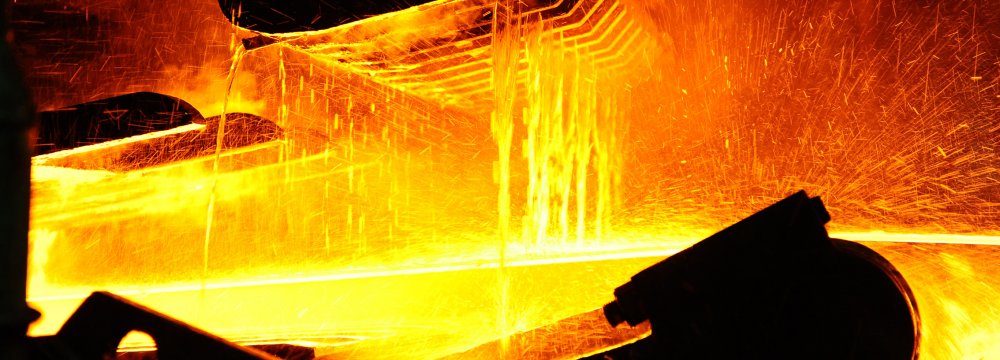 Iranian steel mills produced 17.89 million tons of crude steel in 2016, registering a 10.8% growth compared with the previous year.
Iranian steel mills produced 17.89 million tons of crude steel in 2016, registering a 10.8% growth compared with the previous year.
Post-Sanctions Scenario
The Iranian steel industry had a convincing performance in 2016 despite all the headwinds on the local and global level, mainly thanks to the removal of nuclear sanctions, which provided Iranian steelmakers with much-needed new export destinations amid a glut in the local market.
Sanctions began to roll back in January 2016 as part of a deal signed between Iran and world powers the year before. In exchange, Iran agreed to limit the scope of its nuclear program.
Iranian steel mills produced 17.89 million tons of crude steel in 2016, registering a 10.8% growth compared with the previous year, according to World Steel Association.
Iran maintained its position as the world’s 14th biggest steelmaker as its 2016 output placed it between Mexico (13th) with 19 million tons and France with 14.63 million tons of crude steel output.
Iran’s steel sector was the sixth fastest growing in the world last year after Serbia with 22.7%, Pakistan with 22.8, Greece with 31.8%, Libya with 39.8% and Macedonia with 62.2%.
Latest data show Iran’s major steelmakers exported over 4.12 million tons of crude steel and steel products in the nine months to December 20, registering a 55% growth compared with last year’s corresponding period, according to Iranian Mines and Mining Industries Development and Renovation Organization.
Rasoul Khalifeh-Soltani, the head of Iran Steel Producers Association, said exports are expected to reach 5.7 million tons by the end of the current fiscal year (March 2017).
According to the official, the recovery of global steel prices have driven steel producers to increasingly shift their attention to exports.


Gold price eases after Trump downplays clash with Fed chair Powell

Copper price hits new record as tariff deadline looms

Brazil producers look to halt pig iron output as US tariff threat crimps demand

Three workers rescued after 60 hours trapped in Canada mine

Gold price could hit $4,000 by year-end, says Fidelity

US targets mine waste to boost local critical minerals supply

Energy Fuels surges to 3-year high as it begins heavy rare earth production

Glencore workers brace for layoffs on looming Mount Isa shutdown

Chile’s 2025 vote puts mining sector’s future on the line

Kinross divests entire 12% stake in Yukon-focused White Gold

Gold price could hit $4,000 by year-end, says Fidelity

Southern Copper expects turmoil from US-China trade war to hit copper

Ramaco Resources secures five year permit for Brook rare earth mine in Wyoming

Column: EU’s pledge for $250 billion of US energy imports is delusional

Finland reclaims mining crown as Canada loses ground

Gold price down 1% on strong US economic data
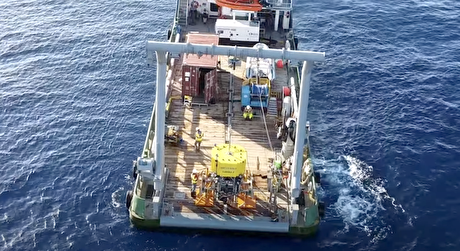
Trump’s deep-sea mining push defies treaties, stirs alarm

Chile’s 2025 vote puts mining sector’s future on the line
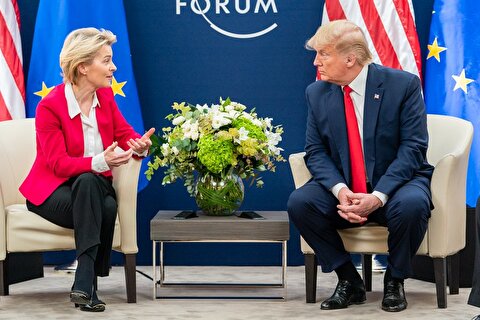
Gold price retreats to near 3-week low on US-EU trade deal

Gold price could hit $4,000 by year-end, says Fidelity

Southern Copper expects turmoil from US-China trade war to hit copper

Ramaco Resources secures five year permit for Brook rare earth mine in Wyoming

Column: EU’s pledge for $250 billion of US energy imports is delusional

Gold price down 1% on strong US economic data

Trump’s deep-sea mining push defies treaties, stirs alarm

Chile’s 2025 vote puts mining sector’s future on the line

Gold price retreats to near 3-week low on US-EU trade deal
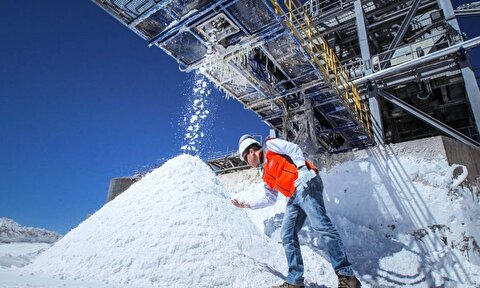
China’s lithium markets gripped by possible supply disruptions














